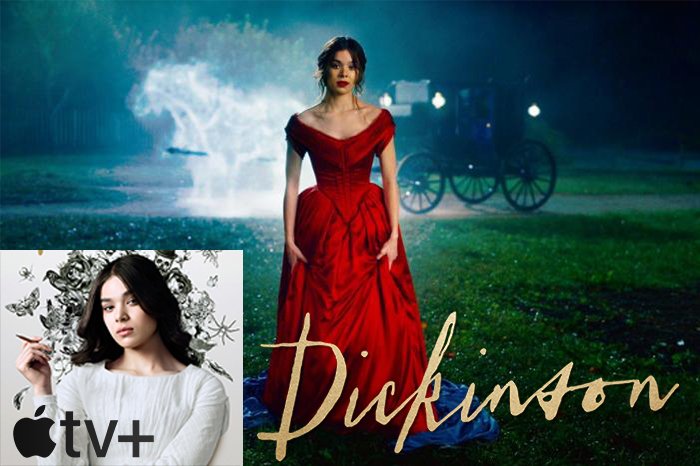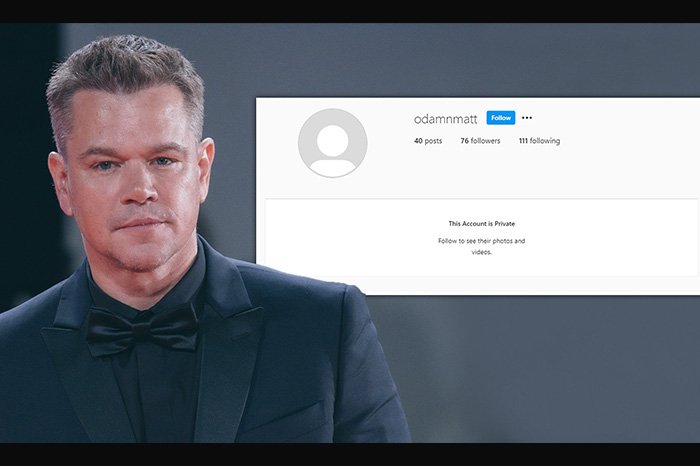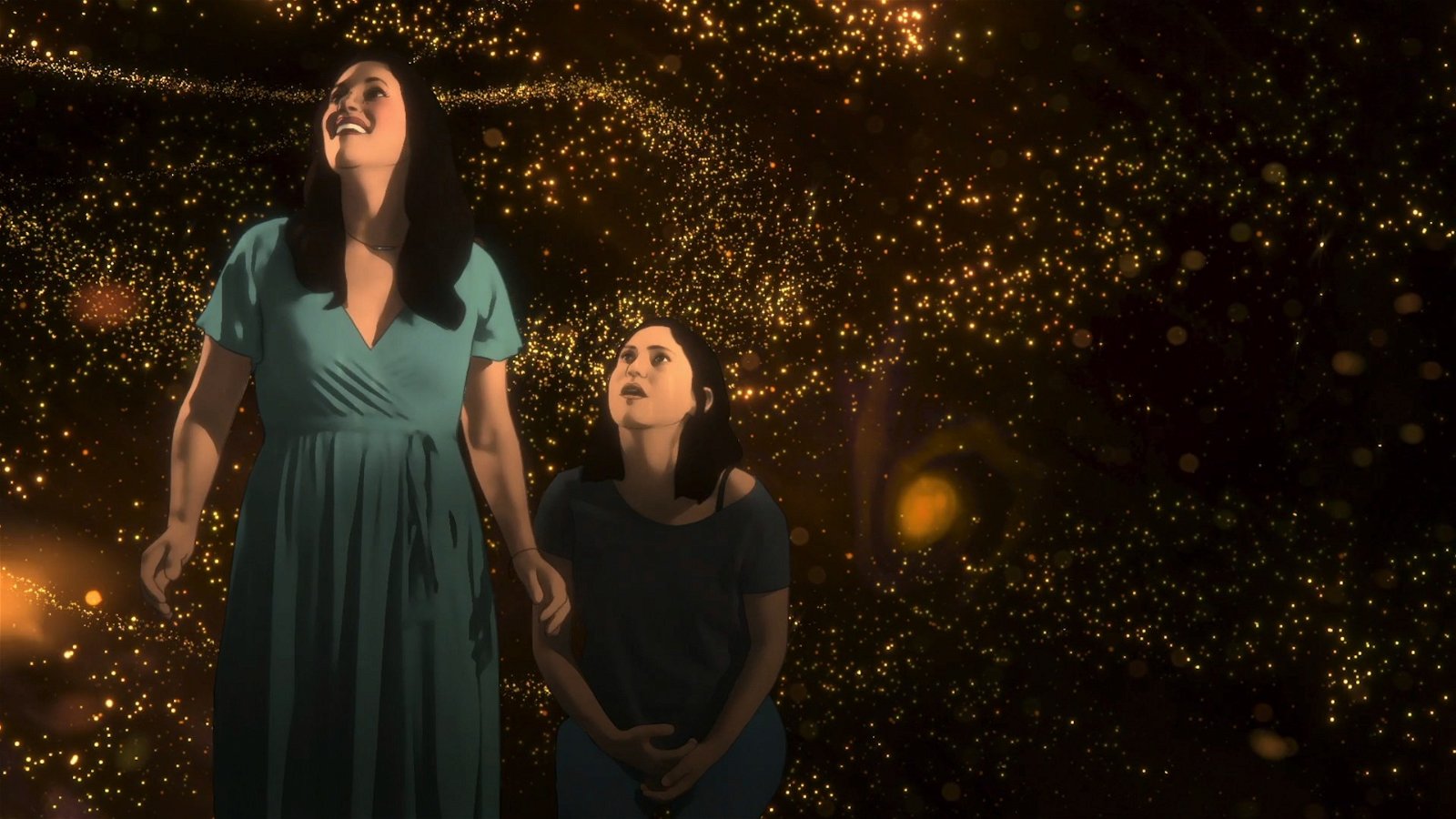 Image Source: Wikimedia Commons, Telly Visions, Fanart.tv, Rotten Tomatoes
Image Source: Wikimedia Commons, Telly Visions, Fanart.tv, Rotten Tomatoes
How the literary fans in us would love to go back in time and meet our favorite writers just to get a peek into those legendary brains that gave us epics we could not forget even in the thousands of years to come! The most intriguing of writers from the past have to be the ladies who never got to claim their marvelous works of words in their lifetime. From the Bronte sisters to everyone's favorite Pride and Prejudice author, the female writers of the past are specially covered in a shroud of mystery.
However, Hailee Steinfeld has managed to uncover some of the life of Emily Dickinson in the latest episode of the Apple TV+ series. The show-maker's heroine gets to travel to a world where the writer is a published author and yet "is also confronted with the fact that as such she is deeply misunderstood."
The third and the final season of the series came out with the seventh episode of the finale season of ‘Dickinson,’ where Hailee Steinfeld's Emily and her sister Lavinia, played by Anna Baryshnikov, manage to get their hands on a magical gazebo. Hence, the two take a trip into the future and reach 1995. The sisterly duo meet the now-celebrated poet Sylvia Plath, played by Chloe Fineman, back in the day. Sylvia is understandably hooked to the “great American poet Emily Dickinson.”
The sisters are very happy to know that Emily got the recognition she deserved and is a published author, at least after her life was over. But nothing could have prepared the two to confront the myths that had been built around by Dickinson around the time. The sisters are confounded and frustrated to hear Fineman's Sylvia say, “Emily Dickinson was the original sad girl.” Sylvia takes the two sisters to be students of the Smith College and tells that Dickinson was "morbidly depressed" and that she can feel a "kinship" with the late author.
But Sylvia does not just stop there. She goes on to continue her trail of offending sentences as she relays Emily being known as a “miserable, dried-up spinster” to be "common knowledge." The aspiring poetess thinks of Emily as a lonely girl who just wears white and cries, and even when Emily herself and her sister try bringing Sylvia out of the notion, the poetess refuses to believe.
This is the moment that showrunner Alena Smith chose to debunk the myth that has been built around the legendary writer for over a century. The show's creators had built the entire trope of the time-traveling sisters to bring out the fact that there is so much more to the ‘"Hope" Is A Thing With Feathers’ writer than meets the eye, or even more than what our society has garnered from the history books until now.
Talking with The Hollywood Reporter, Smith retells, “Emily does get to see that in the future she is a published author.” She adds, “However, she is also confronted with the fact that as such she is deeply misunderstood and mischaracterized within this myth that, of course, our show has been about breaking apart and dismantling, that Emily was this depressive spinster who wasted away out of unrequited love for a man.”
Sylvia Plath herself took after the former American Poet, and maybe the notion of Dickinson being a sad spinster could have actually pushed her to the path that she later chose for herself. Plath is no less than “probably the most important American poet of the 20th century,” and it was necessary to see the two female icons of American literary history to have a conversation with each other, even if fictional.
“I felt that there’s this misconstrual of Emily being someone just like Sylvia who was probably suicidal and died young, but none of that is true about Emily,” said Smith “Emily actually lived a long, contented life and created this phenomenal body of work and passed away as we all do when the time comes.”
Emily never got to learn that she would one day be celebrated, yearned, and rooted for in the coming century by many aspiring writers, both male and female. Yet, in this fictional world with time travel Emily's sister, Lavinia, aptly says that the future “wasn’t really what we expected.” Not to understate as Smith put it, the time travel trip for the sisters actually had to be “the world’s most underwhelming trip to the future,” despite our author getting to know that she is well-acclaimed and read. “They only get to 1955, and it turns out that things there pretty much suck,” added Smith.
Another notable fact that the series relayed stands to be true in the times since when we know the greatest female contributors to English and American literature, and sadly even today. Sylvia is very right to say that “the future never comes for women,” and the sentence could never be truer than it is today, even when we so pride ourselves in the distance we have come along from centuries ago.
Still, even if Sylvia Plath got Emily all wrong, there are so many women out there who could use a little help from Emily's trip to 1995. It helps clear up her legacy as we never knew it before because ignorantly, it has been too easy to think of Emily in the league of sad, lonely, depressed female writers from the past.
“We got to see inside Emily’s legacy that she left behind,” Steinfeld said. “It was so cool to play through that moment where, in season two we contemplated the entire season whether fame was something Emily Dickinson really wanted or not, and so to have this moment where she actually sees her name on multiple books in her own room in the future in a museum that is her own home that she grew up in that is known because of who she is, was a very fun and surreal thing.”
 The Dickinson sisters meet Sylvia Plath during the 1995 trip; Credits: Hollywood Reporter
The Dickinson sisters meet Sylvia Plath during the 1995 trip; Credits: Hollywood Reporter
At least, the trip brought the two sisters closer!





